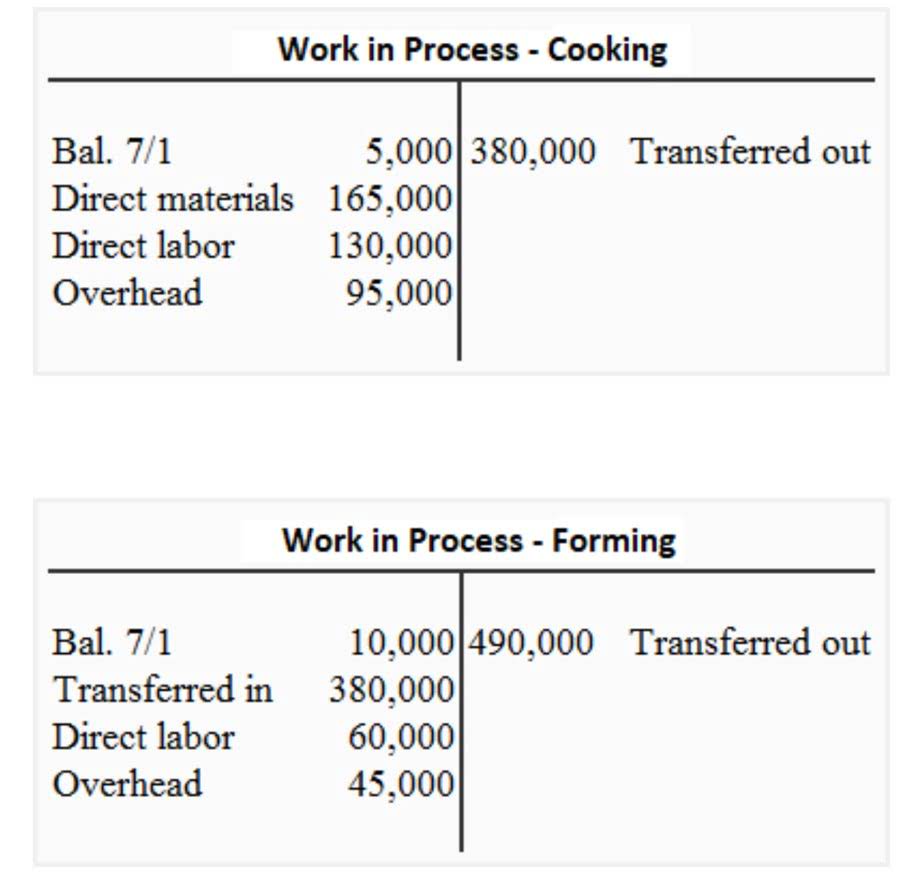
In accounting, developing a strong chart of accounts is a bit like packing a suitcase for a trip. If the traveler knows where he sample church chart of accounts is headed, he will pack exactly what is needed. However, if the destination is unknown, the suitcase will include a broad array of items that will work in most situations but might be missing key necessities for that destination. Aplos has everything you need in one place for streamlined nonprofit and church management. When I look at the church finances, I want to be able to see where everything is without having to go diving through mountains of data. Once your accounts are set up, you’ll need to input the opening balances for each account.
- However, churches do have some accounts that may replace these, such as interfund receivables or notes receivables.
- Anything less is unacceptable when it comes to the church’s accounting and transparency.
- Every Chart of Accounts is different, but they will all follow this basic structure.
- Your financial system should flow directly from your mission or purpose statement.
- This entry hits the appropriate expense account and the accounts payable account.
- For the latter, there are many options available, including ones specifically designed for religious organizations like churches and non-profit organizations.
Step 1: Identify Your Account Categories
- The primary difference between accrual and cash-based accounting is the timing of when revenues and expenses are recognized.
- Liability accounts list things like current liabilities and long-term liabilities.
- This process was time-consuming and error-prone, diverting leadership from their mission.
- Be aware of these forms to ensure the church complies with tax regulations and avoids penalties.
- This ensures transparency, helps track fund usage, and builds trust with donors by showing that designated gifts are used appropriately.
Here is a breakdown of four of the most important document types. Master the art of prepaid expense accounting and ensure your financial statements are accurate and informative. Before finalizing the chart of accounts, review it to ensure it aligns with your church-specific needs. Consider whether the structure will adequately support future growth or changes. You can always go back and add or change anything later on if needed. Run a few transactions through it to ensure everything flows as expected and accounts are categorized correctly.
Step 4: Review and Customize Based On Church Needs

The rule here is one account for each physical account you have at the bank. Further, Karrin recommends PowerChurch accounting software because it provides accounting software as well as church management features. To learn more about the importance of church finances, read our article on church financial management. You can also check out our ranked list of industry leaders in the church accounting software industry. The church’s chart of accounts (CoA) is the building block for your entire church accounting system.

Church Financial Transparency and Accountability

Asset accounts represent the different types of economic resources owned or controlled by the entity. To determine which accounts are needed on the chart, first the church must Bookkeeping for Veterinarians determine what information they hope to gain from their accounting. Because these expenses are discretionary, and the total spending across departments can add up to a substantial amount each month, some kind of tracking of meals and food is absolutely necessary. Besides compiling each of the above documents, there are a few other strategies your church should implement to effectively manage its finances. Hear from seasoned pastors and church leaders with invaluable insights and proven strategies for ministry.
When a mistake is made, the bookkeeper simply has to make a correction to the expense and checkbook. On the flip side, the organization becomes less important when the church uses multiple funds to categorize expenses. The reason is that the funds allow the church to have a top-level category, and only the accounts used by that fund, show up on that fund’s report. In other words, accounts with no activity for a fund will not show up on that fund’s reports.
There are some biggies for setting up the church chart of accounts. As you can see, the expenses for a nonprofit and for-profit are very similar. Start by listing all potential income sources, including tithes and offerings, fundraisers, and facility rentals. Estimate the expected amounts based on historical data and current trends. Church giving is an extension and reflection of your church’s culture of generosity. Attempting to increase church giving using tactics of guilt and shame may result in a short term boost of revenue, but it will torpedo your member’s intimacy with Jesus.
- Start by listing all potential income sources, including tithes and offerings, fundraisers, and facility rentals.
- This is where salaries, utilities, and the day to day operations are accounted for.
- As you can see, the expenses for a nonprofit and for-profit are very similar.
- This helps the church plan for the future and make strategic decisions about resource allocation.
- There are five common areas in the church’s chart of accounts in any organization.
- A church’s Chart of Accounts is simply a list of accounts and categories that help to organize its financial transactions.
Multi-campus churches will want to use a location dimension in their COA to identify various campuses. To avoid creating an entirely new set of department and general ledger codes for each location, use an accounting system that supports multiple sites. Learn how Jitasa’s team of experts can help you make the most of your church’s accounting practices. Although you’ll create an operating budget from scratch once a year, budgeting shouldn’t be a one-and-done event for your church. Check in with your budget on a monthly basis to help keep your church on track with its spending and revenue generation throughout the year.
From simplifying tithing management to ensuring financial transparency, we’ve got you covered (check out our in-depth analysis and ranking of this year’s best church accounting software tools). All the major financial reports (Balance Sheet, Profit and Loss Statement, Statement of assets = liabilities + equity Cash Flow) get information from the chart of accounts. If your church wants to pursue grant funding, look for a platform that includes grant management tools to make the process easier. Maintain detailed and accurate records of all financial transactions and cash flow, including donations, expenses, payroll, and grants. Proper documentation of any financial data helps you stay prepared for audits and will help you provide evidence of compliance with regulatory and tax guidelines. Listed above are the major sections in the CoA (chart of accounts) for churches.
